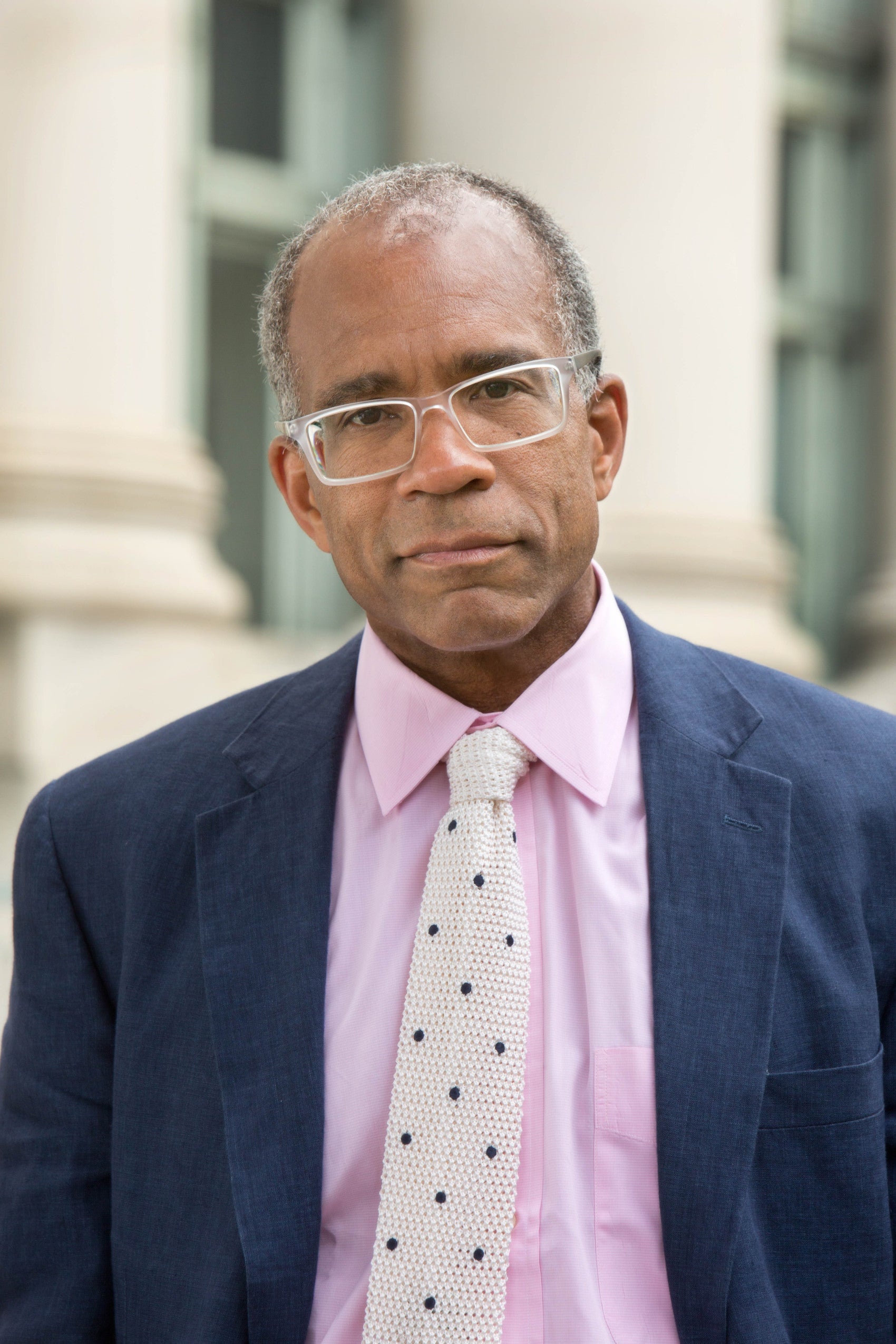This month saw the publication of the inaugural issue of The American Journal of Law and Equality, a project developed by three Harvard Law School professors in collaboration with MIT Press. The first issue features a variety of views from legal, academic and philosophical scholars, including its three editors and founders: 300th Anniversary University Professor Martha Minow; Michael R. Klein Professor of Law Randall L. Kennedy; and Robert Walmsley University Professor Cass R. Sunstein ‘78.

The three editors began discussing such a venture in the middle of last year, prompted in part by the lingering effects of the pandemic, by the unrest over the killing of George Floyd, and by the then-upcoming election. Yet as Minow told Harvard Law Today last year, the central issues are wider-ranging.
“I was drawn to a legal career because of issues of inequality,” she said. “And while there has been some improvement over the course of my lifetime, there have also been tremendous setbacks. … We have to spend more time on the inequalities that are embedded in the law itself, and in the legal system itself. So, I think that’s one reason to turn more attention to the academic, legal study of the subject.”
Sunstein added in a recent interview, “There is a lot of interest, in courts and in politics, in the subject of equality, and there are so many hard issues: economic equality, the tax system, criminal justice, employment, much more. We thought a dedicated journal would be worthwhile. The topic is so large that we have not found it necessary to deviate from it.”
The centerpiece of the first issue is a symposium on Michael Sandel’s book “The Tyranny of Merit: What’s Become of the Common Good?” Beginning with a summary of the book’s main arguments by Sandel, the package includes 15 comments from legal, philosophical and historical standpoints, taking in the issues of race, class, capitalism and other matters.

“The book raises large questions about meritocracy and what it means, and whether some current meanings are causing injustice. Investigating those questions — whatever our answers — is central to many legal issues, and of course politics as well,” said Sunstein.
Minow’s piece, “Equality vs. Equity,” examines criticisms of “equality” compared with “equity” among advocates and administrators in schools, workplaces, and politics. The piece highlights overlapping and ambiguous meanings of the concepts, and defends work under either name that tackles structural sources as well as individualized remedies.
Kennedy’s piece, “Brown as Senior Citizen,” takes a fresh look at Brown vs. Board of Education, stating that while it did and does serve a purpose, it no longer provides an answer to all of the problems posed by the history of racial oppression.
The implications of algorithmic decision-making are examined by Harvard Law School Assistant Professor Benjamin Eidelson, who argues in “Patterned Inequality, Compounding Injustice, and Algorithmic Prediction” that the central moral problem with these processes lies in their potential to entrench harmful patterns, not in any backward-looking unfairness to the individual people about whom predictions are made. This is accompanied by a response from University of Virginia Law Professor Deborah Hellman ’91, who defends the view that the use of algorithms to make consequential decisions risks compounding prior injustice.
Sunstein’s contribution, “Our Anti-Korematsu,” examines last year’s Roman Catholic Diocese of Brooklyn v. Cuomo decision, in which the Supreme Court blocked New York Governor Mario Cuomo’s restrictions on worship services in what had been designated a “red” area for Covid risk. He argues that the decision can be seen as our “anti-Korematsu” — referring to the notorious Korematsu v. United States decision (1944), in which the Supreme Court allowed the exclusion of Japanese-Americans from the West Coast military area during World War II and their confinement in internment camps. In the Diocese case, he writes, the Court showed a willingness to protect against discrimination, even where life is on the line. Yet it also opens questions of how religious discrimination should be defined in a pandemic.

“On one view, the main implication is very large,” he said in the HLT interview. “The Court will protect rights and liberties, including the equality right, even under emergency conditions. On another view, the case is particular to religion, and exemplifies the Court’s determination to prevent discrimination against religious belief and practice.”
The journal is expected to be published once a year, and Sunstein identifies a range of topics to be considered in the future. “There are plenty of recent issues that seem ripe. Would a wealth tax be constitutional? What is the future of affirmative action? Are algorithms a friend of equality, rightly understood, or an enemy? How, if at all, should regulation (of, say, food safety and occupational safety) be based on distributional considerations? What is environmental justice all about, and how should we promote it, supposing we should? One thing we are really excited about: The existence of the journal seems to have unleashed a lot of creativity. We want to see where that goes.”
